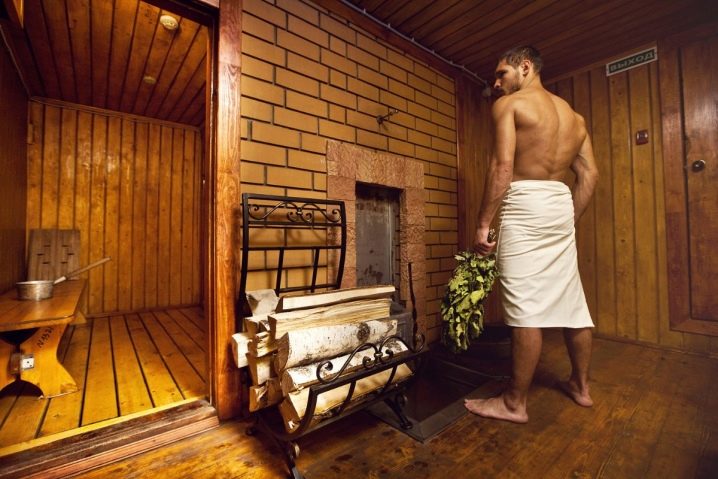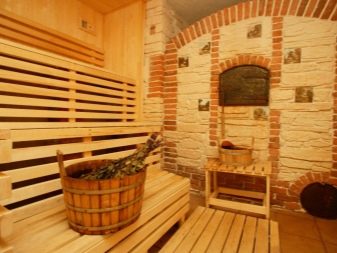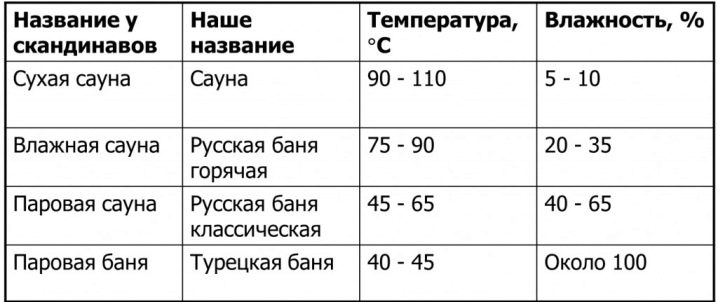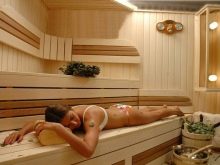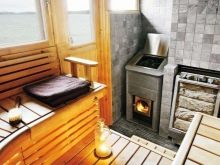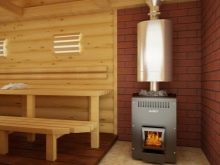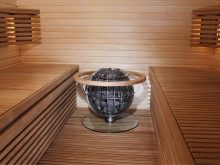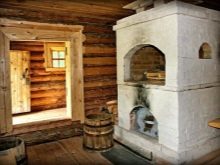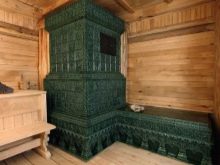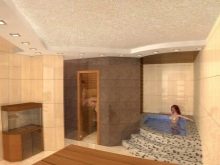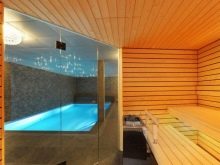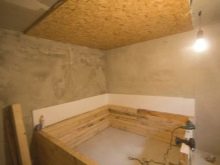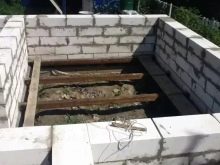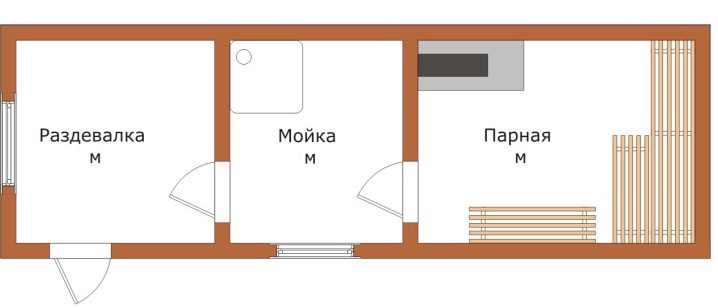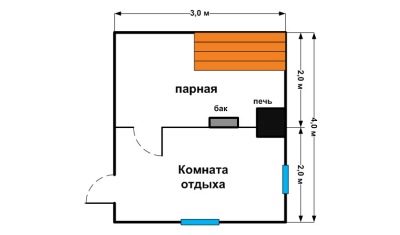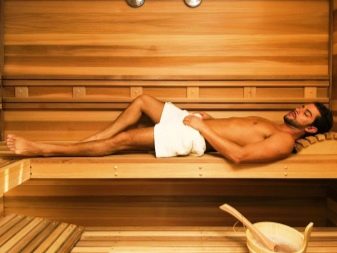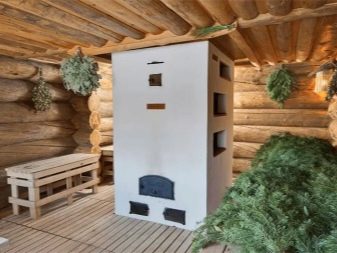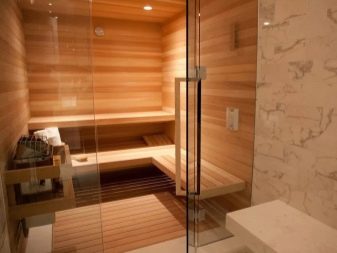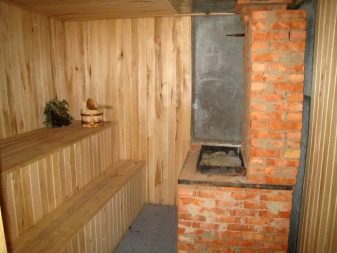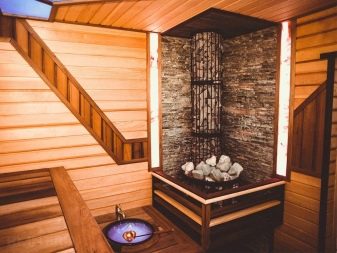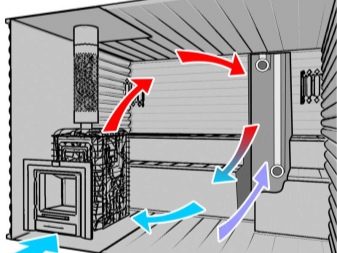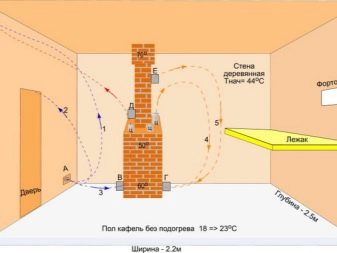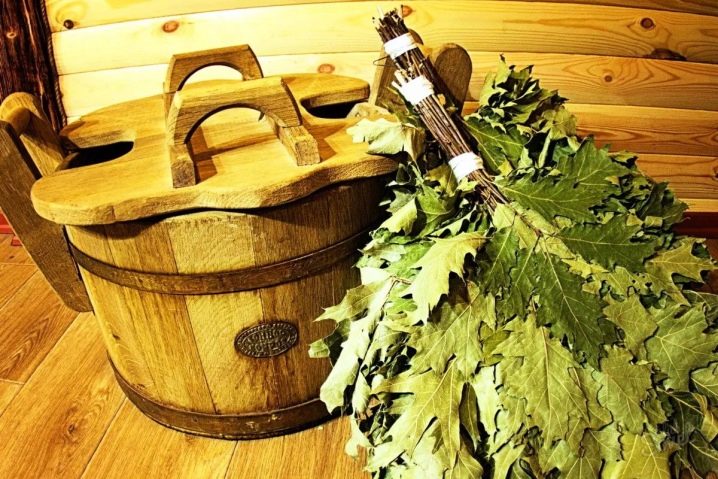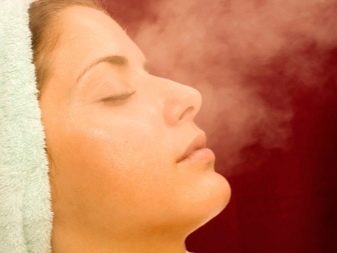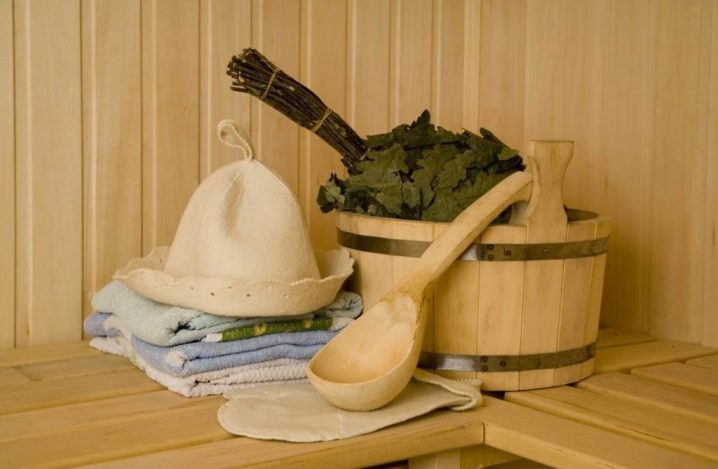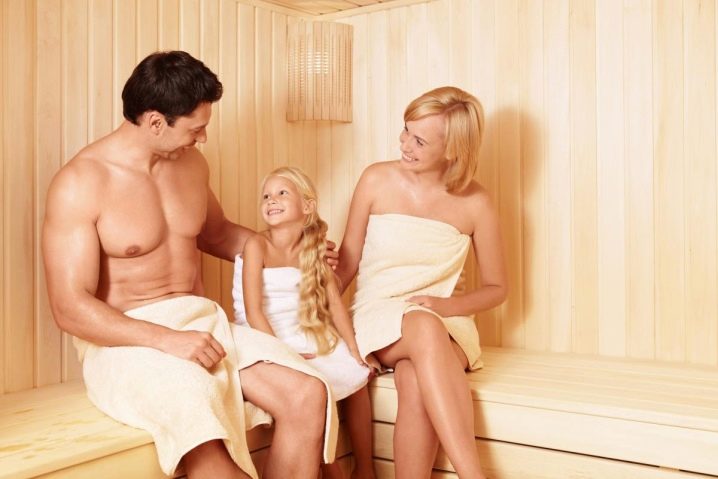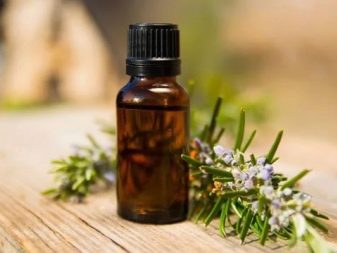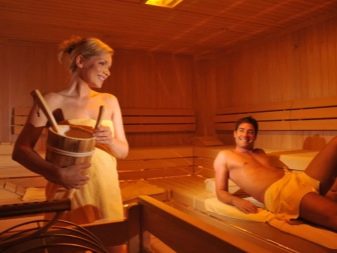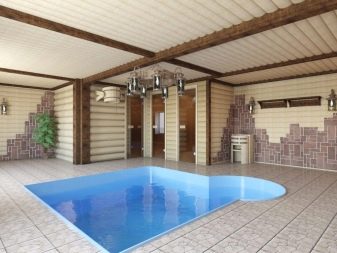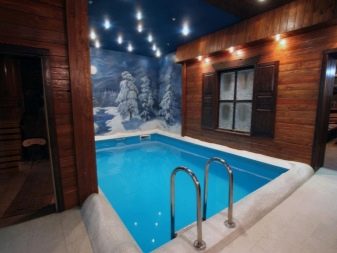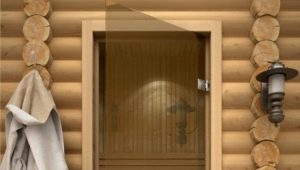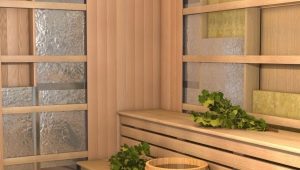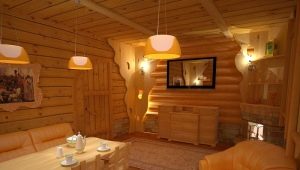What is the difference between a sauna and a sauna?
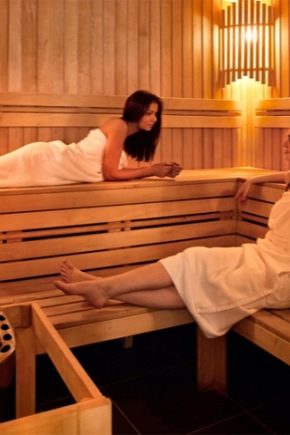
Despite the great popularity and distribution of SPA centers and beauty salons, baths and saunas remain in demand. This is a place of emotional and physical relaxation. Many consider the time spent in the steam room, the best way to relax and rejuvenate. There are certain differences between these functional rooms. In this article you will learn how a bath differs from a sauna and how differences affect a person.
Special features
The main purpose of saunas and baths is to maintain health and beauty. The difference between them lies in many aspects, despite one purpose.
The well-known Russian bath and the Finnish sauna, which is now very popular among Russians, are called sister cities.Just like our ancestors, the Finns considered the sauna not just a bathing place, but a special place, which was treated with respect and honor. Regular visits to the steam room was considered the best medicine for all diseases and ailments.
If before the sauna was a small house, now its size can be impressive. Currently, the Finns continue to modernize the design of the steam room, with the result that modern saunas are significantly different from their predecessors.
Temperature and humidity
The first significant difference that should be noted is the temperature regime. The conditions in the bath are milder and more benign. The optimal temperature in the sauna is about 140 degrees Celsius. This indicator is not considered to be the limit and may be higher.
In such hot conditions in saunas extremely low humidity is preserved: on average, from 5 to 15%. This is done to make the hot air easier to perceive. The body of a healthy and strong person perceives temperature beneficially, obtaining the necessary benefits.
The classic Russian bath is distinguished by high humidity. The figure is about 70%, provided that the temperature reaches 90 degrees Celsius with a plus sign. This is done taking into account the physiology of the local population. It is believed that the Russians normally carry such a regime in the steam room. At lower temperatures (about 60 degrees), humidity drops to 40–50%.
Special conditions are created at the expense of furnaces that differ in the principle of operation, size and other parameters.
Ovens
On the basis of saunas do not install large furnaces. Practically All modern steam rooms of this type are equipped with open stone backfill fireplaces or special electrical equipment. The main advantages of such furnaces - rapid heating and maintaining the required temperature for a long time.
As a minus allocate the aesthetic side. Many bath lovers love to admire the tongues of fire and enjoy the light aroma of firewood, which is not found in saunas with innovative equipment.
The stove in the Russian bath is a huge, heavy and powerful structure. It is a dry steam generator and a source of precious heat. To get such steam in the sauna is impossible because of the equipment of another type.In many bath furnaces there are large round stones inside, due to which the heat will be preserved for a long time.
With the help of the stove, except for the steam room itself, the boiler is heated with water. In saunas, the stove is not used to heat the liquid.
Only wood is used as fuel for the bath stove.
Pool
In the distant past, the functions of a pool were performed by bets, a hand, or any other reservoir located nearby. In winter, snow drifts were used for this purpose. Now baths and saunas are equipped with pools for a contrasting alternation of hot air and cool water.
If it may be absent in the bath, it is mandatory for the sauna. Finns are big fans of alternating water treatments.
Construction Materials
When building saunas and baths, different materials are used. In the first case, in addition to natural wood, modern artificial analogues and other natural raw materials are used. As for the second room, only natural materials are used here. In the distant past, even moss and felt are used as insulants for baths.
The development of modern building products does not stand still.More and more builders use artificial substitutes, but such a building cannot be called a real bath. Many experts call this type of room a kind of hybrid of sauna and bath.
Arrangement
Standard sauna consists of three functional areas:
- dressing room - in this part will equip cabinets and benches;
- Potelnya - steam room;
- soap compartment - here is a massage room, swimming pool.
A typical Russian bath consists of two locations:
- changing room;
- steam room - combined area.
In the sauna room, designed for steam, they do not wash, and the broom is used extremely rarely. Due to the dry and hot air, the use of this accessory becomes useless. Instead, fragrant oils and other fragrant additives are often used.
In the Russian bath as aromatherapy used folk remedies, for example, kvass, diluted with water.
Exterior design
To distinguish a bath from a sauna by external signs is very simple. The first option is more concise and simple. The room is decorated with wood. The same material is used for the manufacture of furniture and accessories, such as hangers, buckets, and more.
Sauna is more luxurious, expressive and elegant. Stylish lamps, sophisticated glass doors, exquisite furniture, modern plumbing, spectacular design - all these are characteristics of the sauna. In this case, emphasis is placed on the external design, while the bath is characterized by a more modest and peaceful decoration.
Stones for stoves
In special bath furnaces, stones are laid deep inside the structure and closed with a door. If it is necessary to raise the temperature in the room, the partition is opened slightly and they are sprinkled with water. In this case, the stones are much more effective hold the desired mode. The heat inside the room persists for a long time.
As for the sauna, the stones are always open in it - their heat is directly transmitted to the air.
Ventilation and pressure
Although it is necessary to maintain high temperatures and humidity in steam rooms, ventilation also matters. Optimal conditions for the sauna are achieved due to the ratio of pressure parameters inside and outside the room.
In the bath, things are different. These are premises of high pressure, which is necessary for wet steam. Otherwise, it will become excessively dry.The process of evaporation takes place in a closed compartment of the stove and resembles an explosion, after which it passes inside through openings in the door.
A certain amount of it remains inside, which causes an increased pressure - vapor dissociation occurs: the hottest air vapors rise to the ceiling, and the more benign ones descend. The movement takes place depending on the type of steam and condition of the vapor particles.
Brooms
Bath can not be imagined without a broom. This obligatory attribute of Russian baths is made from branches of trees and grasses. Its use has a relaxing and healing effect. In the process of use, the tissues and internal organs are massaged. In addition, it has a positive effect on the cleaning of the pores and the blood circulation process.
As noted earlier, this accessory is not used in the sauna: the temperature and dryness make it hard and ineffective. However, if you wish, you can use it, but only in the waiting room.
Impact on the body
If you have problems with the cardiovascular system, it is advisable to regularly visit the sauna. Dry and hot air will help keep the body in good condition.However, visits are allowed only for moderate forms of this disease. It is also desirable to spend time in saunas for people with such problems as:
- stones in the kidneys;
- skin diseases;
- liver disease;
- problems with the genitourinary system;
- high blood pressure;
- cold.
In the bath, you can walk in diseases of the upper respiratory tract. Some experts even with the presence of the disease are advised to regularly visit it in this case. Conditions in the bath have a healing effect on the respiratory organs. Studies have shown that the vital capacity of the lungs is increased, and water and soft steam have a positive effect on the mucous membrane.
When you first visit the bath or sauna, carefully listen to your well-being. Do not stay in the steam room for a long time, get used to the conditions gradually.
Contraindications
Sauna room is strongly recommended to refuse in the presence of such illnesses:
- high blood pressure;
- diabetes;
- atherosclerosis;
- serious mental disorders;
- diseases of the upper respiratory tract.
Before going to the sauna is recommended to consult a specialist.
General positive effect
A visit to the bath or sauna has a lot of positive actions:
- relaxation;
- getting rid of stress and fatigue;
- opening and cleaning the pores;
- removal of toxins from the body;
- getting rid of cellulite and excess weight;
- hardening of the body (when conducting contrasting water procedures);
- strengthening the immune system;
- aromatherapy will not only give peace and pleasure, but also have a certain healing effect;
- general recovery.
German doubles
The main difference between the Russian bath and the German version is that in the second case there is no separation between the male and female steam baths. There are two locations indoors: a room with a pool and a steam room. In it, representatives of both sexes are at the same time.
The second difference is the use of essential oils. They sprinkle stones, creating the necessary aromatic effect. This German baths resemble saunas.
findings
There are significant differences between the bath and sauna, which consist not only in visual design, but also in certain conditions. Depending on individual preferences, the desired effect and the general condition of the body, everyone chooses for themselves the best.
If you are going to equip a personal sauna or a bath at home, then carefully read the above information, thanks to which you can make the right choice.
You will learn more about the differences between baths and saunas in the next video.
